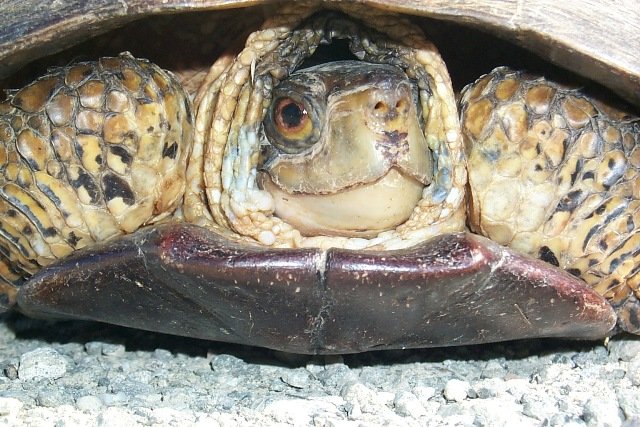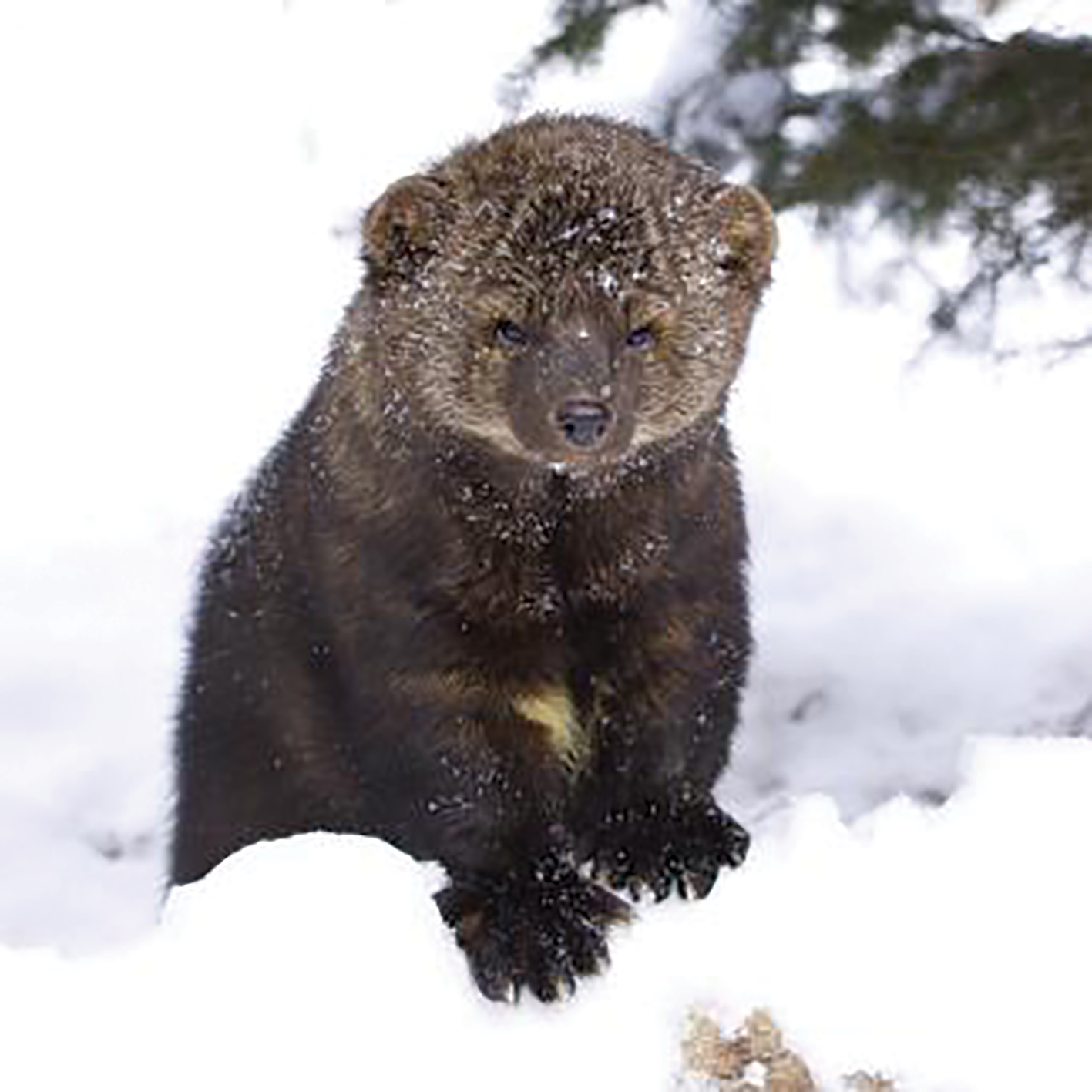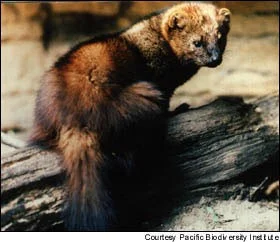POV: You’re a western pond turtle! Follow a year in the life of a WPT—in all of its adventures and struggles!
Read MoreLearn more about KS Wild’s work protecting the imperiled Mardon skipper butterfly habitat in the Cascade-Siskiyou National Monument.
Read MoreThe northern spotted owl is a Pacific Northwest forest icon. The species relies on old-growth forests to survive, and much of its habitat is threatened by loss of habitat and habitat fragmentation due to logging. Learn more about this imperiled species of the PNW in this blog.
Read MoreLife isn’t easy for a Pacific fisher; avoiding poisons, traps, and climate change. Ms. Carnivora Pennanti Fisher tells her story of struggle with her fisher kits in this journal entry.
Read MoreThe northern goshawk is an avian species whose population directly relies on the extent of the presence mature and old-growth forests and has been on the decline alongside mature and old-growth forests. The species is currently not listed under the ESA. Read more about the goshawk here.
Read MoreWe are so wild about the Siskiyou Mountains salamander, it is the KS Wild mascot! We continue to advocate on behalf of this species that is only found in the Klamath-Siskiyou region. Learn more about our efforts to protect this species through advocacy that dates back over two decades here.
Read MoreThe 1937 O&C Act overhauled the timber management and revenue distribution scheme. It allowed the federal government to pay fifty percent of gross timber revenues directly to the O&C counties, plus twenty five percent (for unpaid Railroad property taxes) to O&C lands. In 1953 Congress directed 25% of the revenue to road building and other capital improvements on the O&C lands, leaving only 50% paid to counties. These payment schemes tied timber harvests to county revenues and made county government a champion of increased logging.
Read MorePart of our work at KS Wild is to track management decisions by the US Fish and Wildlife service to list at-risk species as threatened or endangered under the Endangered Species Act. In continuing a 22-year battle to protect their declining populations, we filed lawsuit with three of our conservation allies to list the Pacific fisher. Other species we continue to fight for include the Siskiyou Mountain Salamander, the Wolverine and four species of Lamprey.
Read MoreThe history of the 2.5 million acres of land managed by the Bureau of Land Management (BLM) in western Oregon dates back to how the west was settled. One of the biggest obstacles to westward expansion was transportation. Moving goods from one place to the next and encouraging people to move thousands of miles across a rugged, wild landscape was a challenge without the infrastructure and modes of transport we enjoy today.
Read MoreAfter decades of trapping and poisoning, the last wolf in California was shot in 1924. Since then, roads and highways were built and huge tracts of forest have been converted to industrial tree farms. Today, the wolf re-enters a landscape filled with strip-malls, subdivisions, climatic shifts and severe drought. It will take work with residents in areas where wolves migrate to ensure co-existence.
Read More









